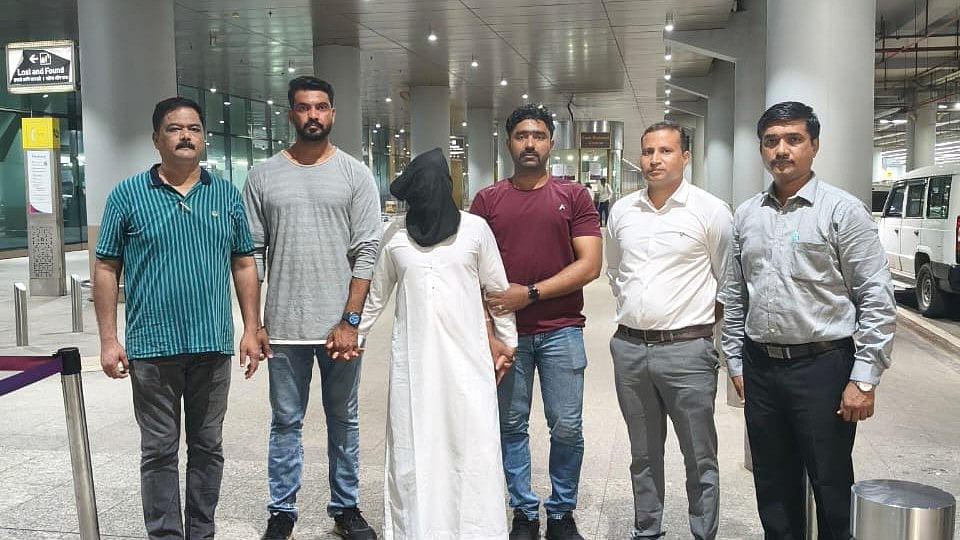Mumbai: In a relief for tenants of cessed Mohamed Tajbhai chawl in Worli, the Bombay High Court has ruled that they are eligible to get 405 sq ft carpet area for their rehab flat.
A division bench of Justices Sunil Shukre and Rajesh Patil, on October 23, said: “In our view there is no doubt that the Petitioners/Tenants are eligible to get total carpet area in rehab building of 300 Sq Ft + 105 Sq ft (35% compensatory fungible FSI).”
Petition filed by the over 59 residents
The HC was hearing a petition filed by the over 59 residents challenging the developer decision to provide them with rehab tenements of 351 sq ft carpet area. Oricon Properties Pvt Ltd's is redeveloping the chawl under Section 33(7) of the Development Control and Promotion Regulations, (DCPR) 2034.
The residents contended that they obtained information under the RTI and sought larger rehab flats, one parking space for every four rehab flats and increase in amenity open space. The civic chief had reduced the open space from 20% to 8%.
The petitioners claimed that they were misled by the developer who said that it was not possible to provide 405 sq ft flats since the developer was paying for fungible FSI for providing 51 sq ft carpet area over and above the 300 sq ft carpet area. The developer also claimed that the balance fungible FSI of the rehab building would be used for construction of common areas like staircase, lift, lobbies.
The plea contends that they subsequently learnt that as per the DCR 1991, the staircase, lift and lobbies are not counted in the FSI.
The plea also submitted an architect's certificate which stated that the tenants were entitled for 405 sq ft carpet area. As per the plan, the developer would exploit 35% fungible area for the redevelopment scheme.
The 35% fungible area on 300 sq ft area is 105 sq ft. Thus, the tenants would be entitled to 405 sq ft of rehab flats.
Open space reduced from 20% to 8%
In addition, in May 2014, the BMC granted sanction which showed that the staircase, lift and lobby are free of FSI. While the FSI was increased from 2 to 3, the open space was reduced from 20% to 8%.
The developer opposed the plea contending that there was delay in filing the petition and that 198 tenants had granted consent. Also, the current tenements were less than 150 sq ft. Under 33(7), tenants were entitled to only 300 sq ft, whereas, the developer claimed to be providing 51 sq ft more.
However, disagreeing with the developer’s arguments, the HC said: “The argument of developer/Respondent No.4 has no legal sanctity that even though as per amended development control regulation 35% compensatory fungible area can be granted free of cost, the builder is not bound to give the entire 35% area, since part of it will be adjusted against the passages and stair case area.”
The court has noted that the civic chief’s decision to reduce the open space amenities from 20% to 8% is “without considering the legal provision” of the DCPR. It directed the BMC commissioner to “rehear” the parties on the issue of reduction in open RG amenity space. “Such open amenity space has to be granted keeping in mind the health concerns and the provisions of DCR,” the HC ruled.







.png)



